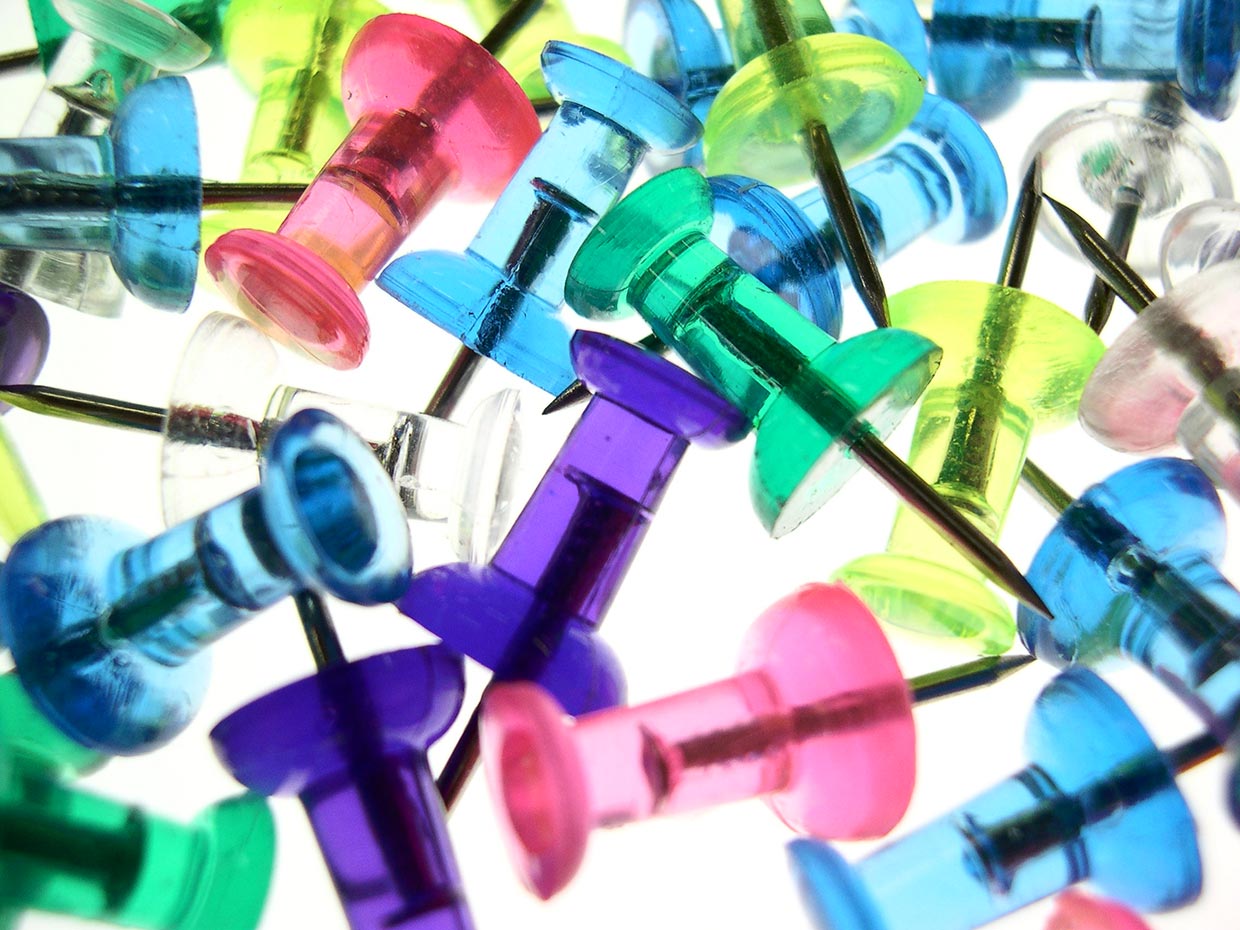NIKKOR - The Thousand and One Nights No.22

COOLPIX 4300
These days, a compact digital camera becomes all the rage. I think that most of visitors to this site use the compact digital camera as a substitute for a SLR camera ease-of-use photo. Tonight, for a change, I am going to touch on a lens and its characteristics of the compact digital camera concentrating on my favorite COOLPIX 4300.
by Kouichi Ohshita
I. What is all about COOLPIX 4300
The COOLPIX 4300, which was released in September 2002 and designed as a sister camera of high-end COOLPIX series 950 to 4500 of which a distinctive swivel design enabling the lens to point anywhere you want got many attentions, has almost all features of the high-end camera like exposure compensation and manual exposure although it has a scene mode convenient for a novice.
For example, it has a function to change white balance, gradation compensation, edge enhancement and sensitivity manually, so this makes it possible to change a setting responsive to a subject and ambient situation just like changing a roll film loaded in a film camera.
What's more, unlike the film camera, it is great that any setting can be changed frame by frame with the digital camera. And the frequently used functions like the exposure compensation and ISO/ASA setting can be changed readily by pushing the two setting buttons at the same time, not inputting one by one respectively in the menu. You notice that the transfer button is placed at a user-friendly position, don't you? As described in the user's manual, this button makes AE Lock button at shooting. You can command this camera at will as you get accustomed to it, although it is ease of use even for the beginner.
II. Small screen size
What is a big difference between a 135-type film camera and the compact digital camera like the COOLPIX ? In a word, it comes down to the fact that the screen size is small.
There are several sizes of CCD available used in the COOLPIX, and even the largest screen sized CCD for use in the COOLPIX 5000 and 5700 is just approx.
1/3.9 inch in a diagonal length and the CCD size of the compact COOLPIX 3100, SQ and 3700 is just only approx. 1/6.5 inch in comparison with the 135-type film. Thus, this small sized CCD enables to make the lens compact and produce new features that are not found in the film camera.
III. Deep depth of filed

COOLPIX 4300
P. Auto (8mm f/7.6 1/157 sec.)
©2004/2005 Kouichi Ohshita

COOLPIX 4300
P. Auto (19.5mm f/4.5 1/30 sec.)
©2004/2005 Kouichi Ohshita

COOLPIX 4300
P. Auto (14.2mm f/3.7 1/407 sec.)
©2004/2005 Kouichi Ohshita
One of the features is that the depth of filed is deep. To put it plainly, the depth of field is the range where the camera is focused as sharply as possible on the subject part. When the sharp focus range is narrow, it is termed shallow and it is termed deep when the range is broad as your photo enthusiasts well know. It can be said that the shorter the focal length and the larger the f-number (stop down), the greater the depth of field. When shooting by a telephoto lens with full aperture, the depth of field becomes shallow thereby the subject can stand out against nice soft out-of-focus (so-called "bokeh") areas. On the other hand, if the wide-angle lens (the shorter focal length) is stopped down for shot, the depth of field is so deep that an area from the close to far distances is in acceptably sharp focus.
The lens of the COOLPIX 4300 is equivalent to 38 to 115mm by conversion into the 135-type film, but due to the small screen size, the focal length is in fact equivalent to only 8mm on the wide angle and 24mm even on the telephoto. The lens focal length of the digital camera is definitely short when compared with the one of the film camera. Therefore, the depth of field becomes deep. (see sample 1)
In the 135-type film camera, the values of depth of field are obtained by defining the smallest permissible diameter of the circle of confusion (that is a limit to the smallness of detail which the eye can perceive) as 1/30mm. When the depth of field of the COOLPIX is calculated with the same definition from the ratio of the screen size, the depth becomes deep approximately by the ratio of the 135-type film camera to the screen size though a detailed explanation is omitted herein. The rough ratio of the screen size is calculated by dividing the focal length of the 135-type film camera converted from the one of the COOLPIX by the real focal length. The focal length of the COOLPIX 4300 is equivalent to 38 - 115mm in the 135-type film camera although the real focal length thereof is 8 - 24mm, so the ratio of the screen size is 4.8 times, namely, the depth of field is 4.8 times deeper in comparison with the zoom lens 38 - 115mm of the 135-type film camera. To put it in other way, we can get the depth of field to the same extent that a lens of f/2.8 is stopped down to f/13 and the f/4.9 lens is down to f/24, too. *1
Although the lens of the COOLPIX 4300 is f/2.8 on the wide angle side which is a fast speed lens in the film camera, it can render the picture in acceptably sharp focus all over from the close to the far distances even when taken with the maximum aperture.
However, the COOLPIX is not good at shots with nice soft bokeh (out-of-focus background). To stand out a subject, getting close to a subject as much as possible and then taking a shot are a tip for a success. (see samples 2 and 3)
- *1The depth of field is just for the purpose of a reference value for a rough guide. It varies with many shooting factors like the subject and an observation condition etc, so you are kindly recommended to check it beforehand with trial shots.
IV. Light diffractions
The COOLPIX 4300 has only two aperture stops, the maximum and minimum. A part of the reason why there are only two aperture stops is that the sufficient depth of field can be obtained even with the maximum aperture as described before. Another reason is an effect of light diffraction.
Viewers of you have had an idea about the fact that a lens performance falls off if the lens is stopped down too much, haven't you? Light has a corpuscular nature that light goes straight, whereas light has a wave nature that light diffracts a bit around the edge of the aperture stop. As the lens is being stopped down, a component of diffracting light is in increase relatively and thereby definition falls off. A perfect lens f/4 with no aberrations has a resolving power of 400 lines per 1mm, but when the lens is stopped down to f/16, the resolving power is reduced to 90 lines per 1mm.
Generally, the aberration of the lens is reduced as the lens is being stopped down, so many of the lenses render their optimum performance when the lens is a little bit stopped down from the maximum aperture. In the lens of the COOLPIX, however, the screen size is small and the required resolving power is quite high, so the definition contrarily falls off when the lens is stopped down. This is the reason why the COOLPIX lens has no other aperture stops such as f/16 and f/22.
As the screen size of the COOLPIX lens is small and many shots are taken with the maximum aperture, the high optical performance is needed. Not to mention designing, the high product quality at production deserves the Nikkor.
V. Macro photography
From the COOLPIX 950 on, the COOLPIX has stuck to "get close to a subject and take a shot". In the COOLPIX 4300, you can get close up to 4cm just in front of the lens on the wide-angle side and take a shot. Its secret exists in lens designing inclusive of its system.
Fig.1 is a lens structure view of the COOLPIX 4300. The lens is consisted of three groups including the first group of a negative lens as a whole, the second group of a positive lens as a whole and the third group of a single positive lens element. Wherein the lens is zoomed by moving the group 1 and 2 and is focused by moving the group 3 as indicated in the figure.
From a viewpoint of optical designing, the pupil position is optimized for CCD by adding the positive group to the zoom lens of the two groups used in a wide-angle zoom lens, and then the group 3 reduces spherical aberration produced by the group1 and 2. Thus this optical design realizes a high performance most suitable for the digital camera. The focus adjustment by the group 3 has a characteristic that the lens is focused to the close distance with a slight lens movement on the wide-angle side in comparison with the telephoto side. Then, moving by an electric cum with a stepping motor, the group 3 enables the macro photography of 4cm just in front of the lens by focusing with full use of a surplus lens movement amount of the group 3 available on the wide-angle side.



COOLPIX 4300
P. Auto (8mm f/2.8 1/359 sec.)
©2004/2005 Kouichi Ohshita
As another example, Fig.2 shows a lens of the COOLPIX SQ. In a spiral type lens like the SQ, the focusing group as the group 1 is moved by the electric cum and the macro photography is realized by using the surplus lens movement amount of the group 1 available in-between the wide angle and the telephoto.
The macro photography of 4cm in front of the lens on the wide-angle side (magnification 0.74x converted in 135-type film camera) and 30cm in front of the lens on the telephoto side (magnification 0.33x converted in 135-type film camera) like a micro lens *2 can be enjoyed by the lens of the COOLPIX 4300.
Moreover, this macro photography brings about an advantage that the close-up photography is taken readily with the deep depth of filed as described in the foregoing.
When a small subject is taken with a close-up shot, the lens needs to be considerably stopped down for focusing on the overall subject in the film camera. But, the subject can be shot in a bright condition since even the maximum aperture lens of the COOLPIX produces the same depth of field as with the stopped-down apertures f/13 ~ f/24. Furthermore, there is no need for hassle and annoying operations for computing an aperture value suitable for focus on the whole subject.
And with the fast lens, the faster shutter speed can be used, so a hand-held shot is possible with no handshake without stable holding with a tripod when the ambient conditions permit. For shots like daily box lunch, record of assembling a model, new growth of cultivating plants a photo of merchandise for internet auction and the like, the ease-of-use COOLPIX is the best. It can be said that the macro photography is what the digital camera is most good at. (see sample 4)
- *2There is a case where a performance on the edge is not on a par with the one of the micro lens, so please make sure to take some trial shots in a case of precise reproduction.
Due to available space limitation, that's all for tonight although I would like to introduce to you a converter lens attachable to this camera. Let's carry it over to next time.

NIKKOR - The Thousand and One Nights
The history of Nikon cameras is also that of NIKKOR lenses. This serial story features fascinating tales of lens design and manufacture.

